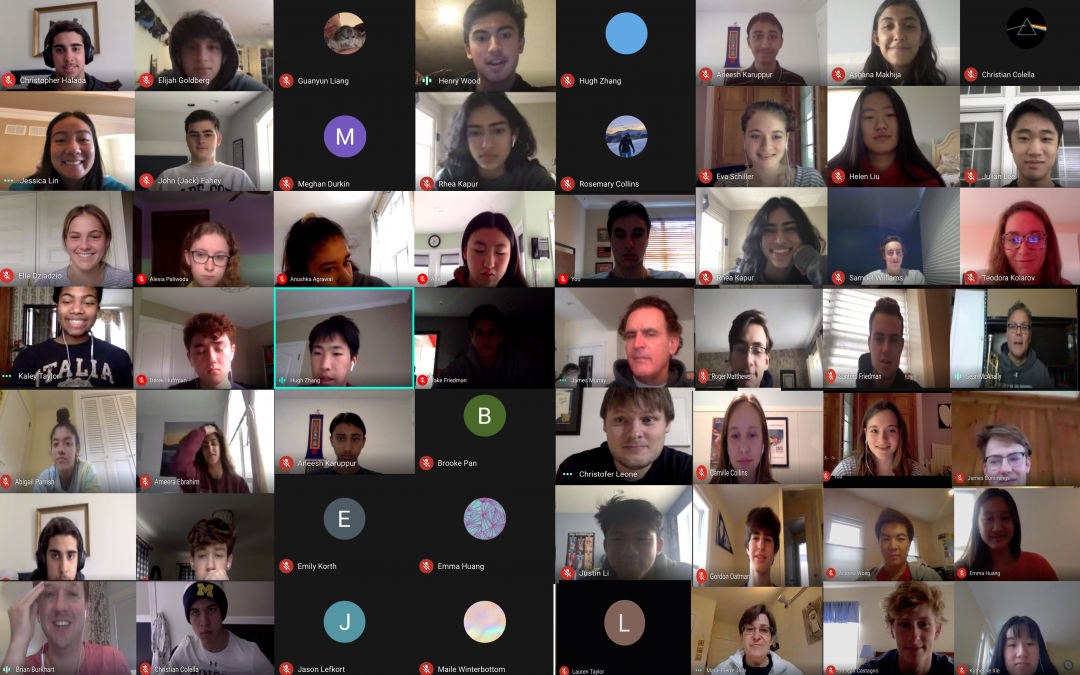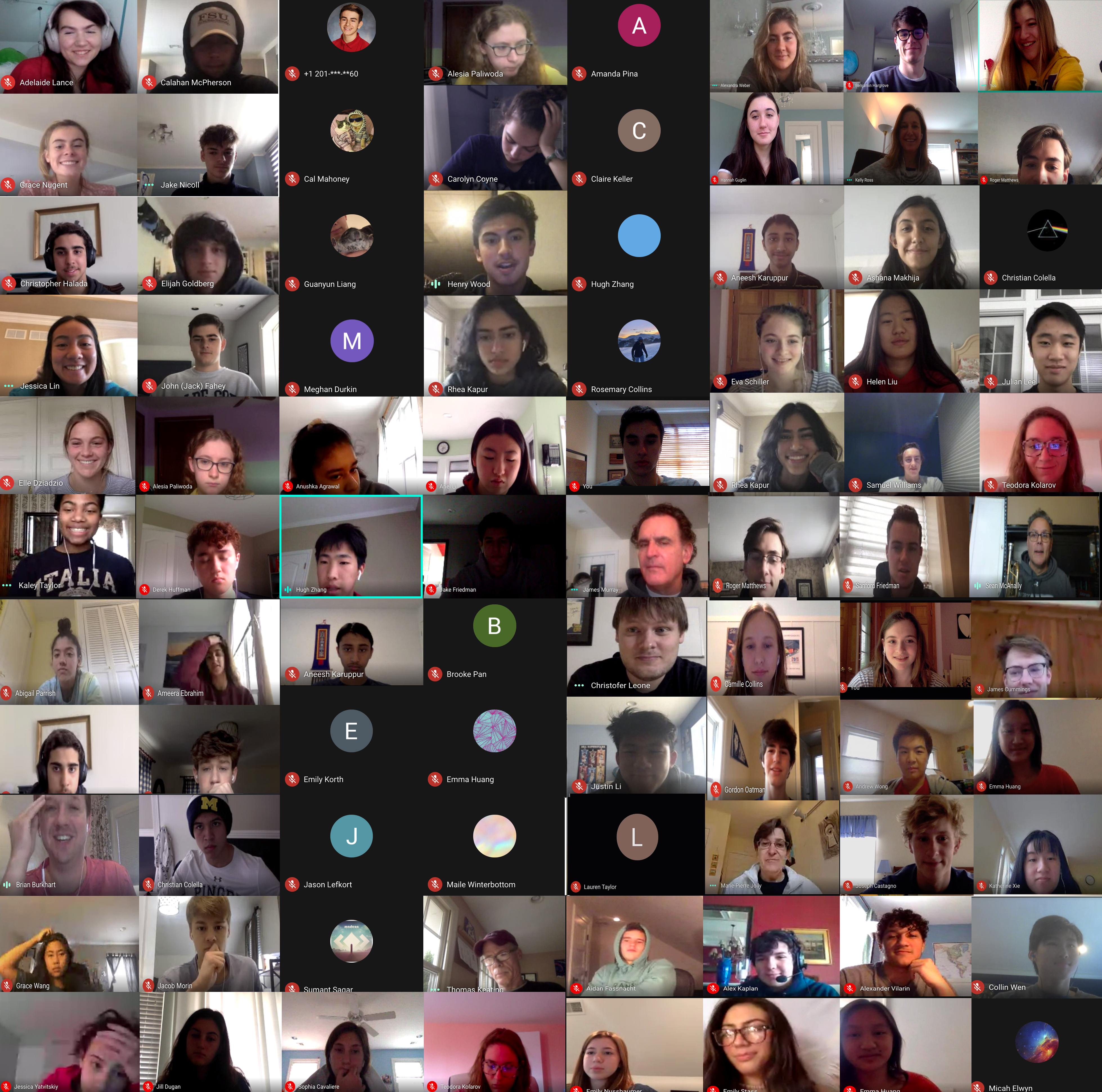Mental Health: A Relatively Overlooked Impact of the COVID-19 Pandemic
By Emily Shen (V)
March 6th, 2020: the last day that Pingry students, faculty, and staff were on campus before the implementation of masks and social distancing measures, and the last day of school as we knew it. As students shared their plans for spring break and discussed the possibility of the break being extended, no one could have predicted that COVID-19 would affect their lives as much as it did. The pandemic has disrupted the globe both economically and socially, drastically altering how people interact and how corporations operate. We watched as an event found more often in history textbooks than real life unfolded right before our eyes.
Millions of Americans have been infected with COVID-19 since last spring, and as of January 24th, more than 417,000 people have died in the U.S alone. The pandemic’s social and economic consequences — such as the loss of precious lives, the spiking unemployment rate, and necessary adjustments and sacrifices made to stop the virus’s spread — continue to heavily impact every individual and every family. Emotional consequences, therefore, tend to seem trivial in comparison and are often overlooked.
During the pandemic, many people with mental illnesses have been significantly affected and require more support. According to the Kaiser Family Foundation, before COVID-19, nearly one in every five U.S. adults reported having a mental illness, with eleven million of those adults having or previously having a serious mental illness that impaired their life in some way. In these unprecedented times, the number of those needing mental health services has only increased. As a result of the social, economic, and personal stress induced by the pandemic, more than one in three adults have reported symptoms of anxiety or depressive disorder during the pandemic, compared to the one in ten reported in 2019 prior to COVID-19. Substance abuse has also become a bigger problem during the pandemic, and without external interference, the problem has only been exacerbated over time.
Even before the COVID-19 pandemic, the U.S.’s mental health care system was failing to meet people’s needs, especially for people of color and of marginalized gender identities. Systematically oppressed people are arguably more in need of mental health services as they statistically face disproportionately higher rates of poverty, criminalization, employment discrimination, and homelessness. As the U.S. and many other countries reallocated funding to focus on doing damage control for the pandemic itself, the issue of already-insufficient funding for mental health services only worsened. According to the World Health Organization, over 60% of countries worldwide reported disruptions to mental health services for vulnerable people. Some of the most notable groups that experienced disruptions include children and adolescents (reported at 72%), older adults (reported at 70%), and women requiring antenatal or postnatal services (reported at 61%). Although WHO has recommended that countries increase their funding to cover mental health services, the cost of resolving other pandemic-related medical issues cannot be neglected. National leaders are in a challenging position as they try to balance the effects of the pandemic as a whole.
On a positive note, national and international health organizations recognize the growing significance of people’s mental and emotional health and are taking actions to ensure that individuals can take care of themselves during this time of uncertainty. For example, the Centers for Disease Control has shared information and recommendations regarding stress coping mechanisms on their online resources page. The Substance Abuse and Mental Health Services Administration has also provided resources to address the pressing issue of mental and emotional wellbeing during the pandemic. More accessible mental health care via telemedicine and teletherapy — where individuals can seek help from professionals over the phone or remotely — alleviates the stress caused by social isolation and provides patients with hope for a better tomorrow. Members of the Pingry community have been working together over the past year and supporting each other through difficult times. If you are struggling with your emotional and mental health, please seek help from your family, friends, or a trusted adult. Visit “Wellness and Support” on the Pingry website where you can find counselors and resources to address your needs. We are here for each other, and nothing is more important than staying safe and connected!



